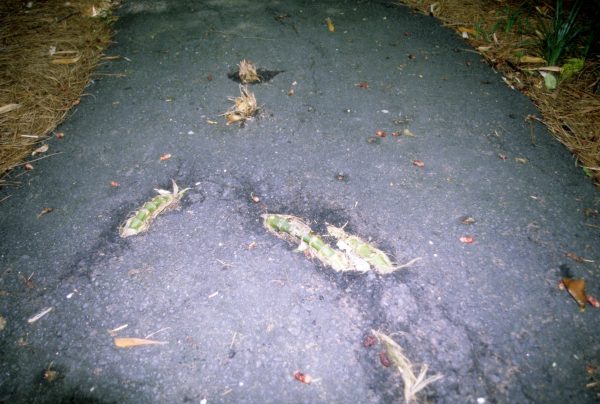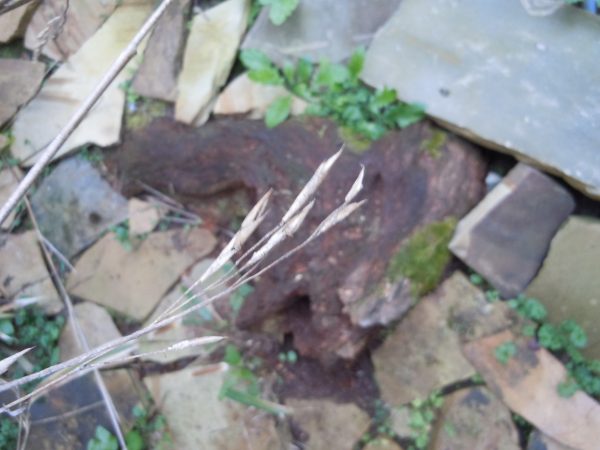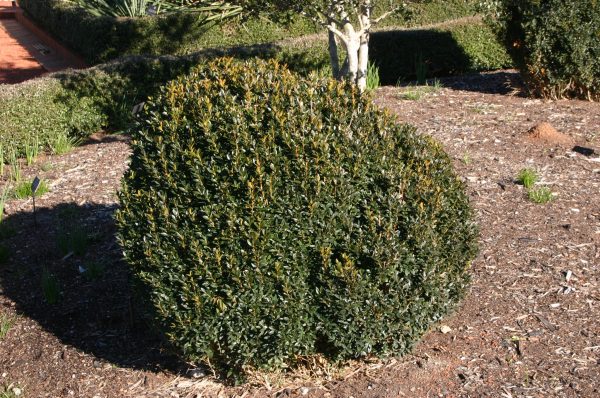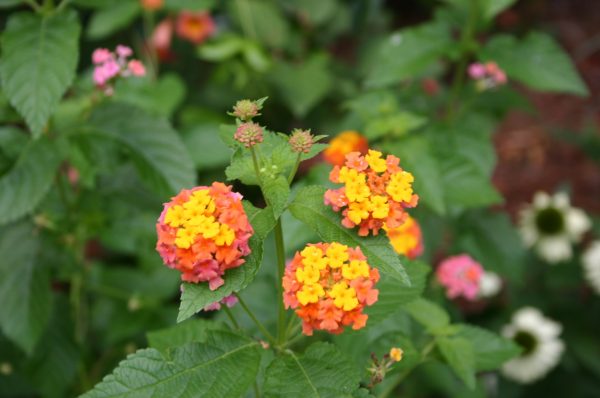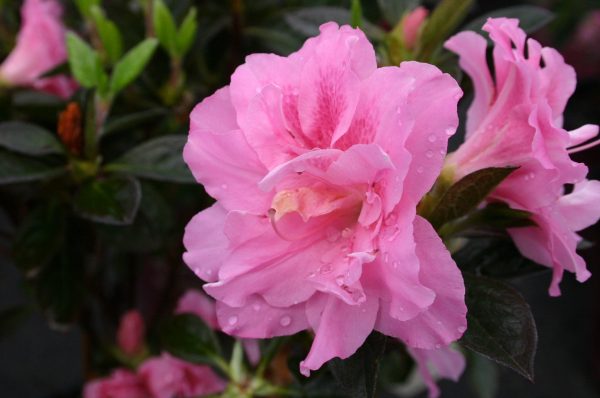Rosemary
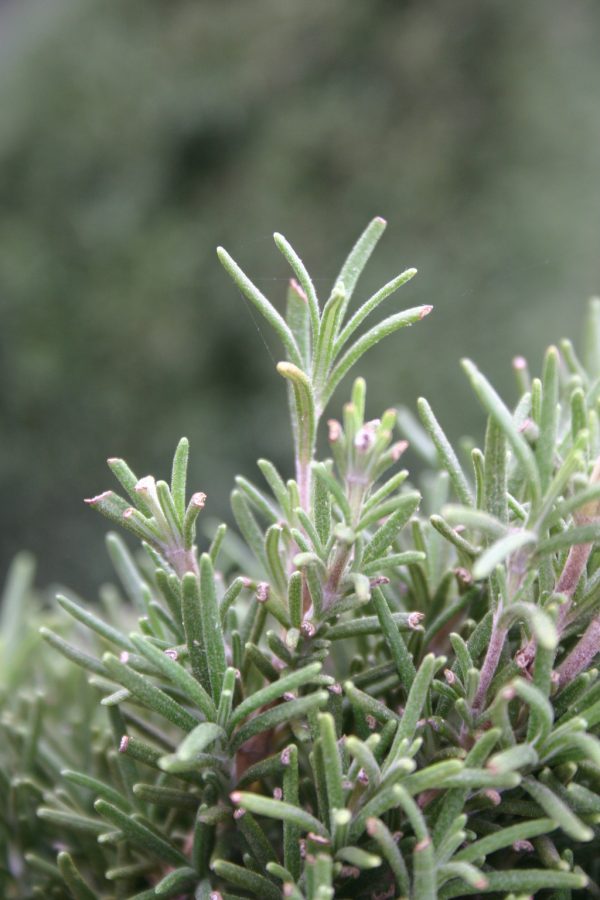
Rosmarinus officinalis
taken from The Georgia Fruit and Vegetable Book by Walter Reeves and Felder Rushing
Rosemary is a small, woody shrub, marginally hardy north of zone 7. Even so, gardeners grow it as a perennial, dutifully lifting and potting the plant for overwintering indoors. The needle-like leaves add a distinctive, vaguely “piney” flavor to a variety of dishes. It can be trimmed to any size and shape but is usually kept about 1 foot tall. Leaves are used in soups, stews and sauces, as well as with poultry and other meat dishes.
• See also Home Garden Rosemary
(broken link)
WHEN TO PLANT
Set started Rosemary plants in the garden after danger of frost has passed.
WHERE TO PLANT
Grow potted plants on the patio, or set the plants directly in the garden. On the patio or in the garden, Rosemary prefers a location in full sun (8 to 10 hours will suffice) or partial shade (filtered sun all day or shade part of the day) and the soil must be well drained. Choosing a spot near the end of a bed is ideal because it makes the plants more easily accessible to snip off a piece anytime it is needed.
HOW TO PLANT
New plants may be started from cuttings or fresh seed but plants from seed may develop more variation in flavor. Start seed indoors under lights in early winter, or start seed in a cold frame in early spring. Prepare the soil well. Set the plants in the garden at the same depth they were growing and place them 18 inches apart in both directions in beds. The number of plants you set out depends on your use. One may be enough for adding to food dishes but you may want more if you use it in an ornamental way as well. Use artificial potting mixes in containers, setting the plants at the same depth they were growing. One plant per 12inch container is about right.
CARE AND MAINTENANCE
Rosemary requires very little attention in the garden. It does well in soil with low fertility and it will stand all but the most severe drought. Plants in pots require more care: see that they have enough water on a regular basis, making sure that they never dry out completely and add dilute liquid fertilizer (mixed according to label directions) once in spring and again in summer. Before the onset of freezing weather, dig up 1 or 2 plants, shake off as much soil as possible and pot them up using an artificial potting soil. Move plants indoors that are already potted. No significant insects or diseases affect Rosemary. Poorly drained soil may cause root and stem rots to develop; correcting the drainage cures the problem.
ADDITIONAL INFORMATION
Harvest Rosemary as soon as sufficient new growth has developed. Cut sprigs 8 to 10 inches long and strip the leaves as needed. Or tie the sprigs in loose bunches and hang them to dry or dry them over window screens. Strip the leaves from the dried stems and store the leaves in airtight jars. Rosemary plants make attractive potted shrubs when you keep them trimmed to shape and they make interesting topiaries as well. Some gardeners have plants that they have maintained for many years, producing sizable shrubs and providing the desirable leaves for culinary uses. They produce bright white or blue flowers in summer.
VARIETIES
The varieties ‘Athens Gem’, ‘Athens Blue Spires’, ‘Arp’ and ‘Hill’s Hardy’ may stand cold weather better than the common types. ‘Prostrata’ is a creeping type, which may be used for a scent garden and for edging.




